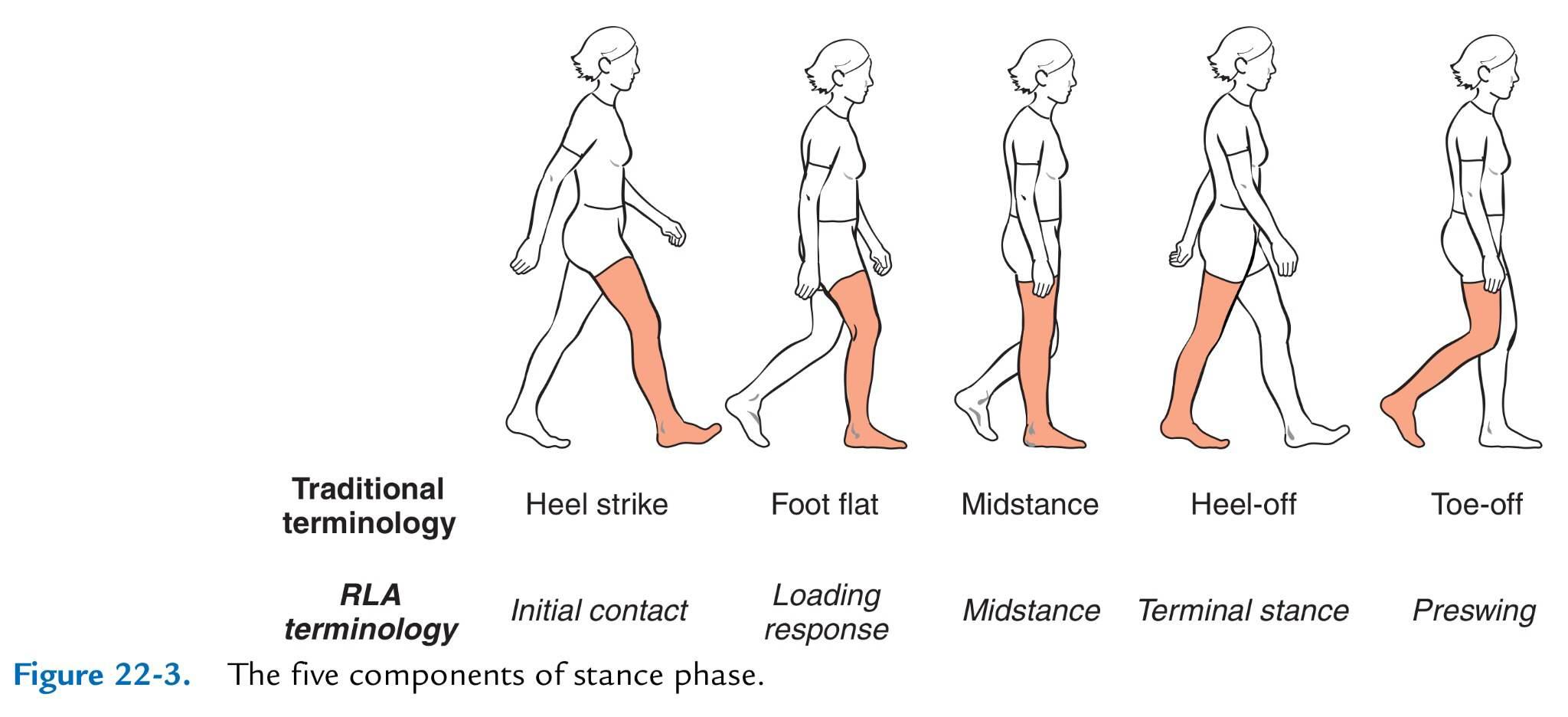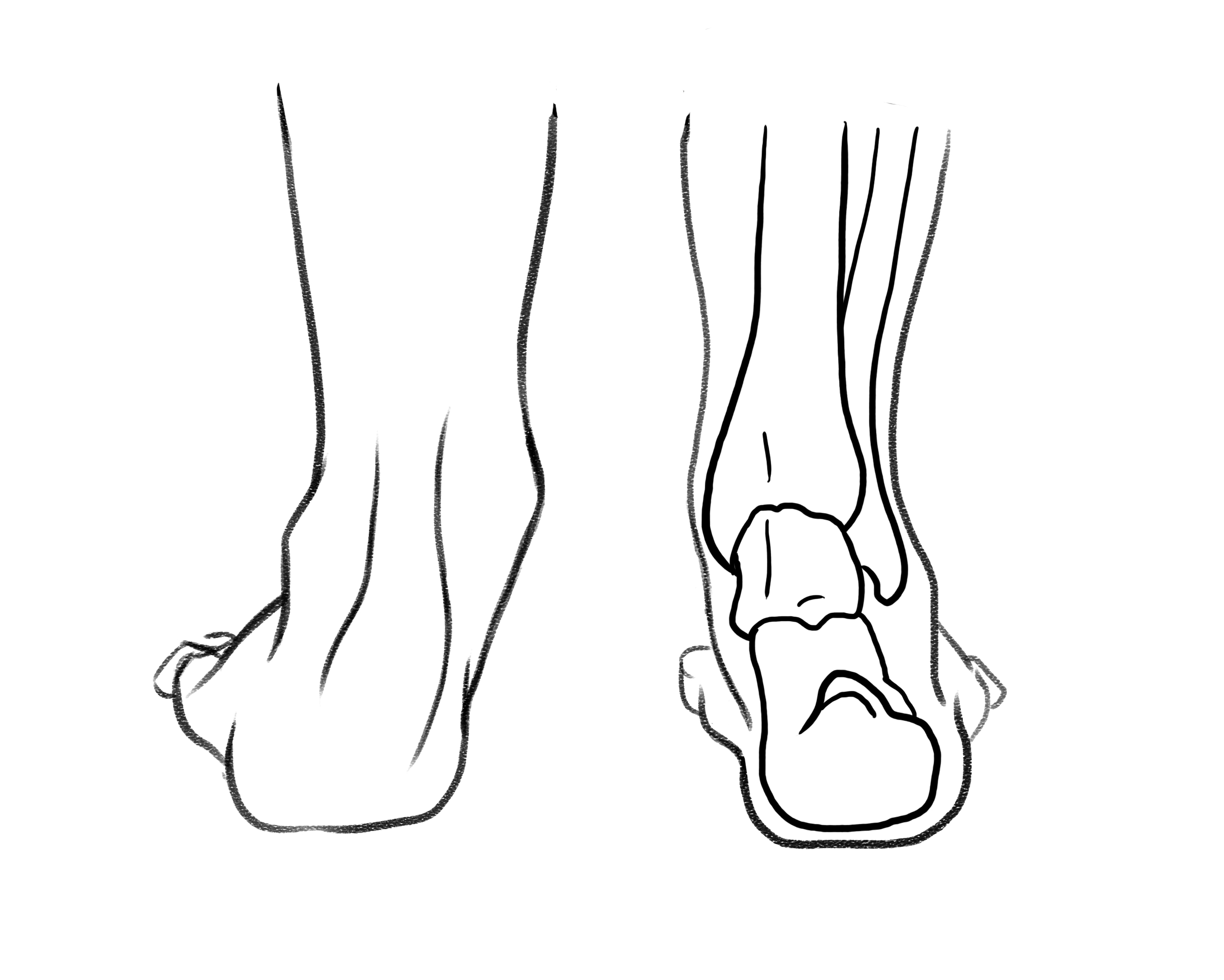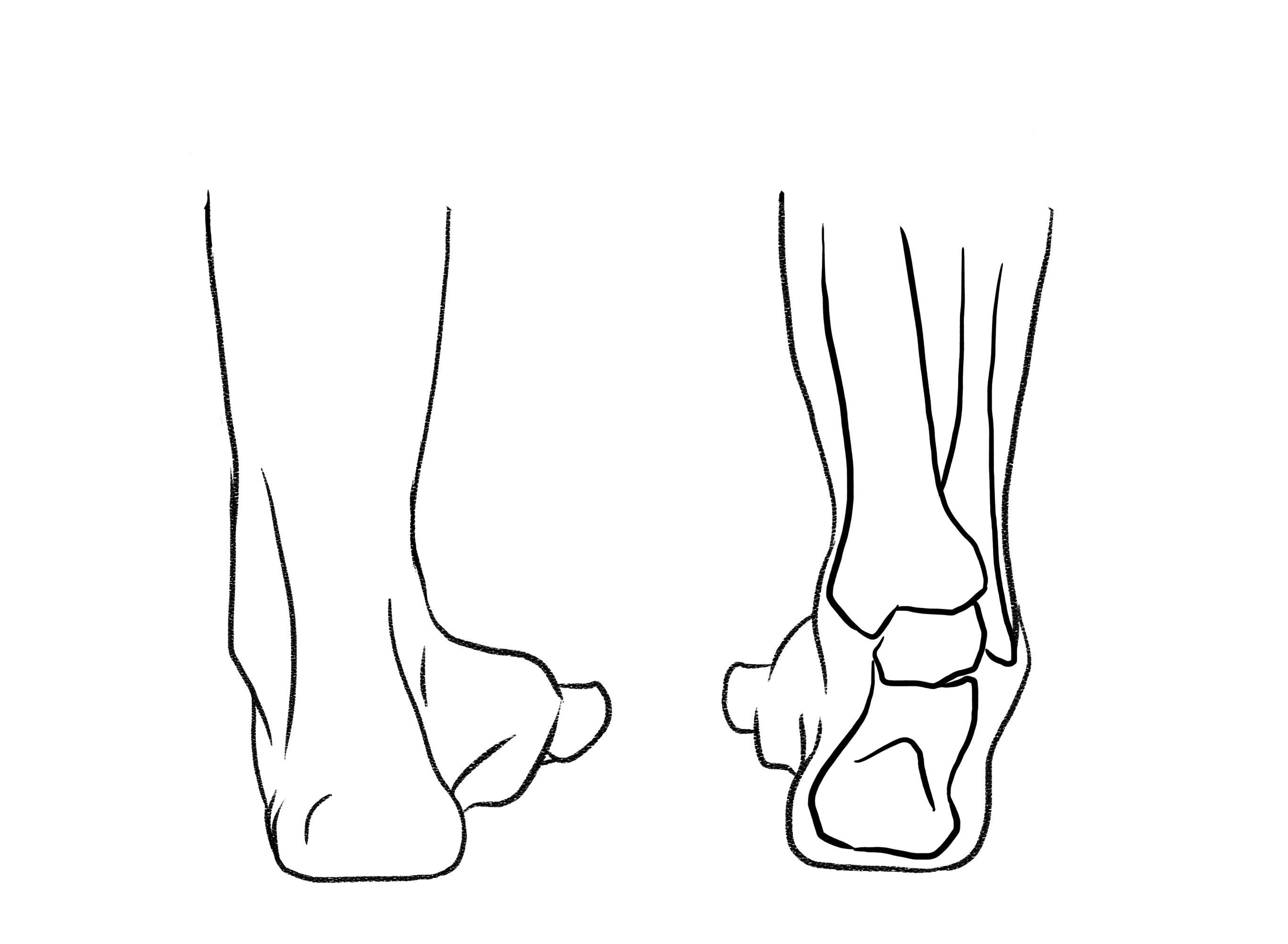The Benefits of Walking on Uneven Ground
Mar 18, 2022
The Benefits of Walking on Uneven Ground
As humans, we have evolved to have certain patterns of physical activity that are necessary for health.1 In fact, we’re built for long-distance walking, and it’s estimated that our hunter/gatherer ancestors covered daily distances in the range of 6–16 km (3.5–10 miles). While walking may be our most natural form of exercise, humans learned this unusual mode of transport on rough surfaces—far from the predictability of pavements and man-made flooring.
All of our ancestors’ walking and running was done on natural surfaces like grass and rocks, and often over uneven ground. Our upright two-legged (bipedal) walking style evolved alongside a nomadic lifestyle that was not just for walking to new camps, but also for getting to and from sources of food, water and wood.2 It’s even theorised that part of our large brain growth was to address the various challenges of bipedal upright walking on naturally uneven ground.
Natural movement
Surfaces like concrete, tarmac and treadmills present us with essentially novel ways to move. The continual flat surface creates repetitive motions in our joints and muscles, so movement patterns become locked into wear in one direction, while the wider range of motion falls into disuse. In the field of robotics, engineers still struggle with the unpredictability of rough ground, where no two steps are ever precisely the same.
Unlike our chimpanzee cousins—who sway when on two legs—we have S-shaped spines, a larger range of motion in our hips, and knees that lie directly under the hips for efficient forward propulsion with barely any torso movement. We also have an arch in our foot that stiffens to allow us to step off after landing and propel ourselves forward with uplift.3 Walking on uneven ground continually shifts our centre of gravity, meaning we have to work harder to continually come back to balance in the midline, and this has a deeper engagement through the whole of our fascial, muscle and skeletal systems.

Unfortunately, this upright design also makes us prone to issues in the lower back, knees and ankles, as well as flat feet, and postural and balance problems. When we neglect the natural movement that helped create this human design, we suffer, especially when combined with other damaging habits like chair-sitting, hunching and sedentary lifestyles.
Any change or instability in the foot and ankle has a huge effect on the joints and muscles of the legs and upper body. The ranges of front-to-back, side-to-side and twisting motions are heightened, which creates more movement in the joints, and more muscle activity is needed for support.
For those with issues in these joints, such instability can cause pain and inflammation (for instance, in the lower back). If you suffer from any pain or instability and are attempting to walk on uneven terrain, you need to first build up slowly from more stable ground like grass or garden-paving. But, in any case, with a healthy musculoskeletal system, walking on uneven terrain ultimately results in more strength and support.
Sensory movement
One characteristic of wilder walking is the need to become more aware of where to place the next footstep, and to make split-second decisions as we take a step that we may even have to change at the last moment if the surface seems untenable or suspicious. Whatever we do, we simply cannot fall into a repetitive and assumed rhythm when there are different angles, textures, springiness, supportiveness and even hidden surprises underfoot, making wild walking a truly mindful experience. If you’ve ever followed a muddy trail or navigated stepping stones across a river, you’ll remember the focus and wherewithal you needed to do it without falling.
It is just this connection between the eye and foot that changes the mind–body relationship as we walk on rougher ground. In one study, when participants had their vision partially blocked by special goggles while walking over uneven ground, they became more cautious than normal, slowing their walking speed and taking shorter but higher steps to clear the ground height.4
Compensating for irregularities on the ground involves numerous bits of information coming from the limbs via afferent neurons. Any sensory loss or reduction affects proprioception, our sensory and motor ability to move our body through space with precision, also known as our kinaesthetic sense—our sense of self and where we are in the world. Impaired proprioception can show up as difficulty walking in the dark or with the eyes closed.
All aspects of movement need this sensory–motor integration, and conditions associated with proprioceptive impairment, such as stroke, Parkinson’s disease, peripheral neuropathy, and injury to ligaments, joint capsules and muscles, will benefit from movement that increases such external sensing.5
As we age, proprioception decreases and we become clumsier with slower postural support responses, which tend to make us wary even when stepping on flat ground. If problems with the vestibular system in the inner ear (responsible for balance) are also present, then caution and therefore tension with foot-placing can increase. In fact, it’s estimated that 15–20 per cent of the elderly population have abnormal proprioception due to reduced vibrational and tactile sensations.
More physical effort
When walking on even surfaces, we experience very little swing from side to side in our forward-moving gait, the way we take a stride. So when the ground beneath our feet is undulating, the increased shifting of our centre of gravity means more muscle effort and tissue movement is required to keep our balance, footing and forward motion.
A recent study examined the physical changes of walking on uneven terrain compared with smooth surfaces in 11 healthy men and women in their 20s, using a special treadmill that mimicked moving over trails, grass and uneven pavement, thereby requiring relatively minor adaptations in walking technique.6 The researchers, from the University of Michigan, noted that walking on a surface that varied by only 2.5 cm (1 inch) from a flat smooth one resulted in an extra 28 per cent increase in calorie-burning than normal, the equivalent of walking up a steady 2 per cent incline. And because step length was also reduced, the participants were getting a harder workout than they would have had over the equivalent distance on level ground.
The knees and hips of the participants also showed increased joint power, especially at push off (by approximately 65 per cent and 85 per cent, respectively) when walking on the uneven treadmill. The greatest energy was expended in hip power, which increased by 75 per cent early in the stride.
In addition, because the participants had to step higher during take-off and mid-swing of each step, there was also greater knee and hip flexion, so requiring greater flexibility.
The authors concluded that the biggest increases in calorie expenditure were most likely due to all these changes in the “increased mechanical work observed at the knee and hip”.6
Ancient methods
From a different perspective, walking on uneven surfaces in China has long been part of Traditional Chinese Medicine (TCM) and forms the roots of reflexology. During a visit to China, Dr Fuzhong Li and his colleagues at the Oregon Research Institute noticed that adults of all ages spent about 30 minutes each day walking, standing and sometimes dancing on beautifully laid paths of cobbled river stones in the parks and gardens of large cities. “They did this for their health every day of the week,” they noted.
In an attempt to recreate this exercise in a study, Li and his colleagues randomly selected 108 physically inactive adults, aged 60 to 92, with no neurological or mobility-limiting orthopaedic conditions, and split them into two groups to compare walking on cobblestone mats with ordinary walking outside in the local urban area or inside in bad weather. The ‘cobblestones’ were hard plastic replicas of smooth small- to medium-sized river stones embedded randomly over a surface with a padded foam underlay.7
At the end of the 16-week study, the mat walkers all had better scores on measures of balance, physical function and blood pressure than those in the conventional walking group. They also reported significantly greater improvement in balance, a key marker of healthy ageing, independence and mobility. Functional mobility was also improved, as well as their scores on a vitality test, which included factors like sleep, energy and feeling good.
Although there has been considerable anecdotal evidence indicating the health benefits of walking on cobblestones (including pain relief, sleep enhancement, improved physical and mental well-being), this was the first study to scientifically evaluate its benefits and efficacy. As the authors surmised, “The surfaces of the cobblestones would provide stimulation to acupoints [as used in acupuncture] located on the soles of the feet to elicit therapeutic responses that may contribute to healthy ageing.”
Finding your happy uneven
Of course, there are degrees of uneven off the asphalt track. One woman’s Appalachian hike may be equivalent to another’s walk to the end of the road. If you are pain-free and mobile, but simply out of touch with your wild roots, exploring some trails and hikes in the local countryside at weekends could hugely increase your quality of life.
If you have physical limitations that give you trepidations about going off-track, start small on grass at your local park and really get a feel for how your feet meet and push off from the ground. The more attentive you are to your footfall and its ripple effects upwards, the more flexible it can become in the face of change.
Foot and ankle health
The cobblestone study above concluded that walking on uneven ground (such as cobblestones) was “a safe activity, provided that individuals have no severe foot or ankle problems”. Shoes, sitting for long periods and repetitive foot movements can cause foot and ankle issues, even where they’re not obvious.

Even with no pain, if the feet and ankles are limited in mobility or don’t provide enough stability, this can be a major contributor to pain and weakness in areas far removed from the lower leg. A foot with an arch that is either too high or too low tends to be a poor shock absorber. This can lead to an overload of force on the joints and muscles of the hip and back.
Foot pronation is common due to our modern living habits; this is where the instep tends to collapse inwards (flat foot, see right), which can be felt as weakness in the ankles. Foot-strengthening exercises and practices like yoga and tai chi can support upward vitality. In some cases, shoe orthotics (arch supports) may be recommended.

Foot supination (see above) is the opposite tendency, where weakness at the outer ankle can mean a sudden turning out towards the outer ankle that can feel like (or even result in) ankle sprain. Strengthening your grounding through the big toe base can help to counteract this.
Noticing how you place your foot—heel first, drawing up the arch, then propelling forward from the ball of the foot—can help you re-educate your stride from the ground up and help you experience the upward benefits of walking on uneven terrain.
Recommendations for building up and maintaining happy walking on uneven ground
- If you tend towards knee and lower-back issues, many osteopaths and physiotherapists recommend first building up your walking strength on even ground. Investigating how you walk (gait) can reveal the roots cause of any pain and/or immobility. It’s a good idea to seek a professional who can help you align your stride, stance and movement.
- As done in the Oregon cobblestone study, warming up feet that are not accustomed to uneven ground can help lubricate joints and tissues to help avoid soreness and injury. It also helps them become more responsive and provide more sensory feedback.
- Wooden foot rollers and spiky plastic balls, which can be purchased online, are useful for activating blood flow. As you sit and roll your feet, investigate mindfully what feels right, and work on any sore areas you discover.
- Lubricate your foot and ankle joints daily by rotating the ankles, and pointing and flexing the toes and feet. Spread your toes apart and massage in between, and through any part of the foot you can reach.
For dedicated time and space to de-stress, relax, renew and connect in a beautiful setting with yoga, food, countryside and relaxation, join Charlotte at one on her retreats. Click here for details.
References
1 Int J Sports Med, 1998; 19: 328–35
2 Am J Med, 2010; 123: 1082–6
3 J Hum Evol, 2009; 56: 43–54
4 Gait Posture, 2009; 30: 370–4
5 Front Hum Neurosci, 2015; 8: 1075
6 J Exp Biol, 2013; 216: 3963–70
7 J Am Geriatr Soc, 2005; 53: 1305–12




